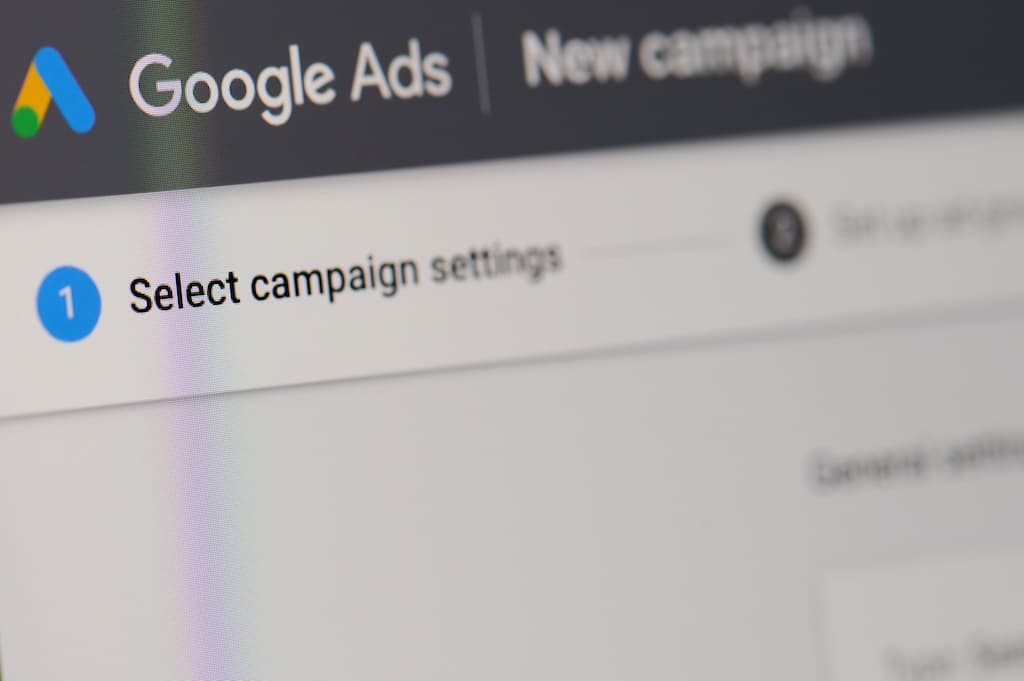Creating Responsive Search Ads for Google Ads: Best Practices
What are Responsive Search Ads?
Responsive search ads (RSAs) for Google Ads are flexible paid advertisements that automatically adapt to show the right message to the right customer on the search engine results page (SERP). They are also the default ad type in Google Ads Pay-Per-Click (PPC) search campaigns.
RSAs are created by entering multiple headlines and descriptions, which are then tested by Google’s machine-learning system to identify which combination performs best over time. They can increase clicks and conversions up to 10% compared to standard text ads, making them an invaluable tool for businesses looking to maximize their reach and performance.
What are the advantages?
Based on past performance, Google's machine learning model will automatically determine the best combination of assets to use for each ad slot
You can upload more than one asset for each type of asset (e.g. multiple headlines, logos, images, and videos)
It saves time and helps reduce overhead for managing ad portfolios
The multiple ad combinations and keywords help you reach more customers and compete in more auctions
Specific geo-targeting as the headlines can target specific cities and customer locations
Available in all languages
Automatically adjust your ads' size, appearance, and format to fit almost any available ad space on any device
Best Practices for Creating Effective Responsive Ad Copy
1. To maximize the performance of your ad groups, Google recommends adding at least one Responsive Search Ad. You can check the strength of the ad with the Ad Strength Indicator. If it says "good" or "excellent", then the ad is more likely to be shown. If the indicator displays Average or Poor scores then use tips provided by the platform for improvement. Remember, you can only have three responsive search ads enabled per ad group.
2. The responsive search ad format is flexible and allows you to create multiple headlines and descriptions. This helps your ad match customer search terms more closely, increasing your relevance and reach. When creating a responsive search ad, add as many unique headlines as possible to increase the number of possible ad combinations. It's also important to make sure that the headlines and descriptions are unique from each other and work well together in different combinations. You can add up to 15 headlines with 30 characters and up to four descriptions with 90 characters apiece.
Enter at least five headlines that are unique from each other.
Do not repeat the same phrases
Use some headlines to focus on a brand name, product, or service descriptions
Include popular keywords in at least three headlines to increase the relevance
Add headlines of different lengths - Google’s system will test long and short headlines
3. Crafting persuasive texts begin with choosing relevant keywords and making sure they're featured prominently in titles. People are more likely to click on the advert when it contains words that match their search queries, so using broad matches is the best way to go, according to Google. For increased effectiveness, you can use their keyword insertion tool or analyze reports from Google Search Term to identify high-traffic search words that should be included in titles and descriptions.
4. Pinning is when you pin headlines and descriptions in specific places on your search ads. This helps people see important things like the product name, price, or what makes it special. You can also test different descriptions against each other to see which one works better. But you'll get the best results from your responsive search ads by using Google's machine learning tools and only using pinning sparingly.
5. It is a good idea to add a call-to-action (CTA) to motivate people to act. Keep descriptions unique and varied for the best results and include action-oriented phrases such as “contact us today” or “order now”.
6. Make your product stand out by highlighting its unique selling points, such as “free quote”. This will help you get potential customers’ attention and let them know what makes you different from others. Describing the features and benefits of your product will also help people make a decision about whether or not to buy it.
7. Ad extensions are features that provide more information about your business to potential customers. This can include things like reviews, store locations, contact info, and hours. Having this additional context can encourage people to click on your ad since they will know more about what you offer before they even click. Using these extras will help you stand out among competitors.
8. Always test your ads and see how they are doing. Use ad variations to make small changes to test how it affects the results. You can also customize reports by adding the fields that you want to focus on. Google Ads will show you areas that need improvement and offer suggestions on how to fix them.
Conclusion
Responsive search ads are a good way to reach more people and do better on Google Ads. When making these ads, it is most important to focus on relevance. This means that the headline and description should match what people will see when they click on the ad. Additionally, using multiple headlines and descriptions allows Google's machine learning system to try different combinations and figure out which ones work best over time. Using ad extensions also provides more information about a product or service, which may help increase CTR (click-through rate).
Interested? Find out more about what to expect from Pay-Per-Click advertising and Google's search results in 2023.
